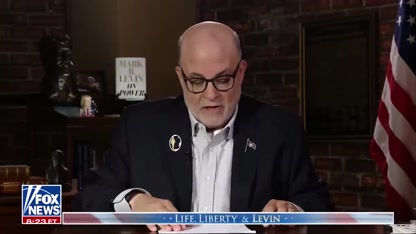
www.whiskeyriff.com
“I Was Speaking The Truth” – Luke Combs Says He Had An Awkward Moment With Carolina Panthers Owner, David Tepper, After He Publicly Blasted Him
Well, Luke was right, but I can see how it might’ve been a bit uncomfortable…
Last year, country superstar Luke Combs appeared on The Pat McAfee Show to give his thoughts on the dumpster fire that was the Carolina Panthers organization, and let’s just say, he didn’t hold back. We were really going through it at the time, and everybody was OVER it, and especially over Panthers owner, David Tepper.
He’s universally despised among locals, even though the Panthers are playing much better over the last several games. But at the time, Luke Combs let him have it, and as a Panthers fan and North Carolina native, I was living for every second of this:
“David Tepper is obviously a shrewd businessman..
I’m a great musician and I’m not a football coach” ~ @lukecombs #PMSLive pic.twitter.com/dXbvKDbitS
— Pat McAfee (@PatMcAfeeShow) March 13, 2024
This weekend, Luke was back with Pat McAfee ahead of his performance on College Game Day, where Pat brought up just how critical Luke was, because of course, the team was down really, really bad. Luke actually told the story of how he met Panthers owner David Tepper in Charlotte during his massively successful Concert For Carolina benefit show in the wake of Hurricane Helene, which was held at Bank of America stadium.
They raised over $24 MILLION, and Luke says he talked to Tepper for over an hour that night, and at the end of the conversation, Tepper let him know that he had seen the aforementioned clip…
“Dude, so full circle. The last time I was on, I was pretty critical of the team, as a fan would be. I’m no different than anyone else.
So as you know, the devastation that Hurricane Helene brought to the area of the country where I’m from, me and Eric Church put together a charity show, which Bailey actually came and performed at. We did it at Bank of America stadium, home of the Carolina Panthers, so who do I run into? David Tepper. Yes.
We had a great conversation, we talked for an hour, chummed it up. We got along great. and at the end, he was like… ‘Just don’t go… you know, I saw it.’ I was just like, ‘God, I hope he didn’t see it.’ He saw it. But you know what, we had a great conversation about it. We’re in good graces, man.”
Pat pointed out that Luke was simply “speaking truth,” and there was nothing wrong with his remarks, and I completely agree. Someone had to say all of that publicly, and Luke was the perfect man for the job. He should absolutely not give a flying crap what David Tepper thinks about him… though in that setting, it’s good to be cordial and obviously I have to give Tepper some credit (as much as it pains me) for letting them use the stadium for such a noble cause.
Luke also said he had attended a Panthers practice on Friday, where some of the team staff told him there was a number he could call to air out any frustrations, like many other fans apparently do and have been doing as the team has been struggling:
“I was speaking the truth. Again, dude, I’m no different than anyone else. I’m a fan. Okay, I was literally in Charlotte yesterday. I got inducted into the North Carolina Music Hall of Fame. So I’m at the hotel, the kids are at the science center playing around, everybody’s getting ready.
So I call up Dave Nelson at the team I’m like, ‘Hey, I’m at the hotel, I’m bored. Can I pop over to practice, what’s going down?’ He’s like, ‘Pop over to practice.’ So they’re telling me in the couple years previous when things were not looking up at all in any direction, he’s like, we have a phone line that fans will just call and be like, ‘You guys stink. I hate…’
He’s like, ‘But those are the best fans, because they’re the people that actually care.’ I’m one of those fans. I just didn’t know there was a phone number, now I do.”
They joked that he didn’t need to do that because he can just blast them on Pat’s show, though Luke pointed out that (hopefully) won’t be as much of an issue going forward since the Panthers are seemingly picking up some momentum and have a winning record of 4-3 for the first time since 2017:
“But I don’t have to now, because we’re up big time.”
Let’s hope that doesn’t change anytime soon, but with this team, I never hold my breath…
“The last time I was on I was pretty critical of the Panthers as any fan would be..
I had a great conversation with David Tepper and he told me that he saw it..
Things are looking up for the Panthers right now”@lukecombs #PMSLive pic.twitter.com/Ps4knhQLzI
— Pat McAfee (@PatMcAfeeShow) October 17, 2025
The post “I Was Speaking The Truth” – Luke Combs Says He Had An Awkward Moment With Carolina Panthers Owner, David Tepper, After He Publicly Blasted Him first appeared on Whiskey Riff.

















